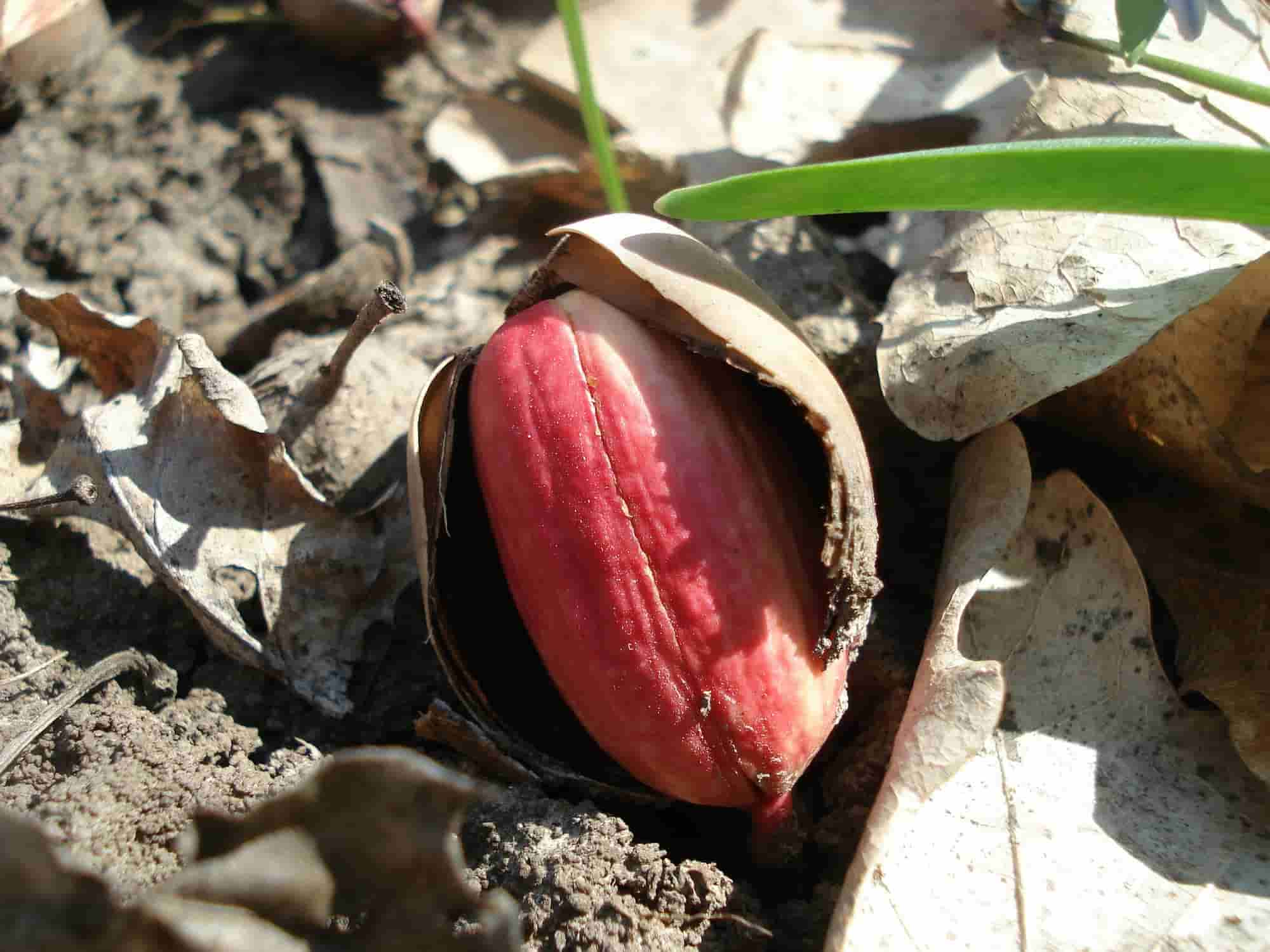
10 easy-to-sow trees
Follow all our tips for successful tree sowing in your garden.
Contents
Why sow a tree when you could buy one from a garden centre or from a nursery grower, already several years old and sturdy enough to withstand transplanting? That is the question that inevitably comes to mind when reading the title. An answer is that sowing a tree is very easy, even easier than in the wild; sowing a tree is an almost civic act, costs absolutely nothing, and holds the pleasure of seeing a tiny seed carry on. That said, you will need patience and perseverance, but by sowing a tree you are working for yourself and for future generations. Discover with us the 10 easiest trees to sow.
Some tips to get started
- Choose a tree suited to your garden’s size and anticipate its development. It would be a shame to have to cut it down when mature because its branches block sunlight or encroach on a neighbour’s property.
- Look around to spot trees that grow naturally. They are necessarily adapted to the climate and to the nature of the soil.
- Consider the purpose of the tree you intend to sow: is it meant to provide shade, to shelter you from wind and to screen views, to produce food, or simply to add an ornamental touch… ?
- Remember to take hidden services into account such as pipes, a septic tank, electrical cables, a swimming pool… Roots can sometimes damage these elements.
Read also
What is stratification?When and how to sow trees?
Nature being well designed, tree seeds germinate only when climate conditions are optimal. That is why they enter voluntary dormancy as soon as, in autumn, they fall to soil. And this so as to get through winter safely, protected by their integument. During that period of dormancy, the coat that protects these stones and these seeds will wear, become softer, lose its permeability. When spring returns, they will have acquired their physiological ripeness and will be able to germinate.
Stratification to help germination
When sowing tree seeds, to maximise chances, one can recreate these particular dormancy conditions. This is stratification. What does it involve exactly? This operation consists of tricking the seed by creating a cold, humid environment so that it gently comes out of dormancy. Thus, the seed coat or stone softens, allowing germination.
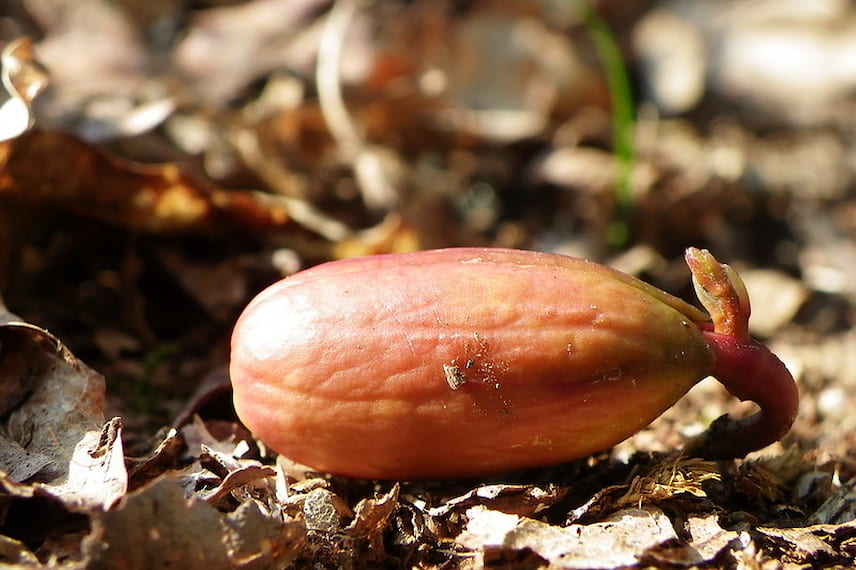
Stratification fools the seed into entering dormancy
Discover our advice sheet to learn all about the stratification technique.
Discover other Trees and large shrubs
View all →Available in 0 sizes
Available in 1 sizes
Available in 1 sizes
Available in 1 sizes
Available in 1 sizes
Available in 1 sizes
Available in 2 sizes
Available in 1 sizes
Available in 1 sizes
Available in 1 sizes
Top 10 trees that are easy to grow from seed
Oak, majesty in tree form
The oak (Quercus) belongs to that category of trees that grow in all regions of France. Majestic, long-lived, it is a symbol of wisdom. With more than 400 species, oak has made its place in our forests, somewhat less so in our gardens. Yet, because of its density, it can provide fine shade, even if its growth is rather slow.

→ Sowing: acorns can germinate with or without stratification. Collect the largest acorns in the second half of October, remove the cupule and soak them for 24 hours in lukewarm water. Non-viable ones float to the surface. Then either stratify the acorns or plant them in a pot in 1 cm of substrate, kept at 20 °C. In spring, you can transplant your oak seedling.
Maple, remarkable for its colours
The maple (Acer) includes a multitude of species notable for their autumn colours. Maple generally prefers fresh soils and sun and is perennial down to −20 °C. It brings an undeniable ornamental touch to a garden as a specimen, in a hedge and even in a pot.
→ Sowing: collect the samaras (dry fruits with two wings) in autumn and apply cold stratification to sow them in spring.
Ash, the handsome host of our forests
The ash common (Fraxinus excelsior) is very common in our forests. Robust, very hardy, it has rapid growth and a majestic habit. It is therefore recommended for very large gardens, especially as its roots are powerful.
→ Sowing: achenes must be stratified from December, then plant them head down under 1 cm of compost in spring.
Hornbeam, often planted in parks
With the hornbeam (Carpinus betulus), charm works both in woods and in parks thanks to its glossy leaves and beautiful autumn colours. Easy to grow, hardy and undemanding, it finds its place everywhere provided it has rich soil.
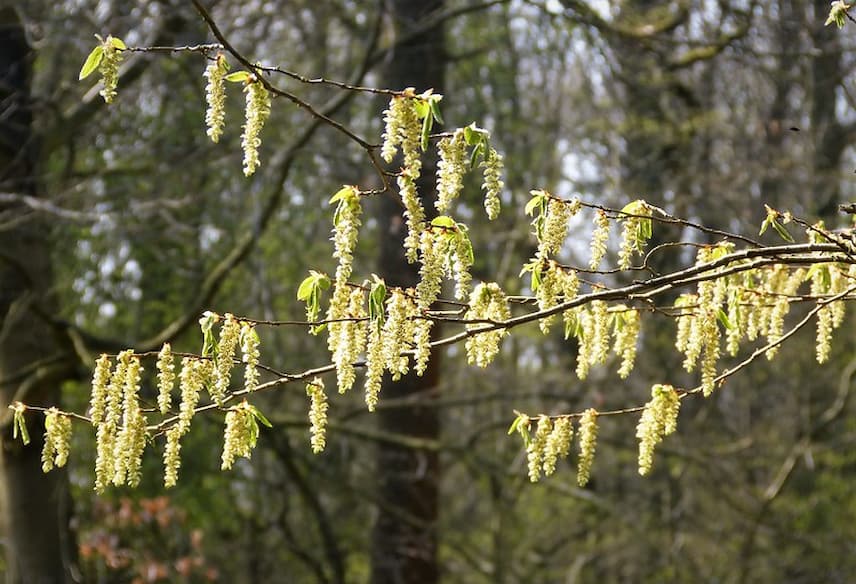
→ Sowing: apply cold stratification, then pot on young plants in spring.
Birch, with such an elegant habit
Birch (Betula) is recognised by its white bark and fine foliage. Extremely hardy and undemanding, it grows quickly. It should be planted away from pipes because of its running roots.
→ Sowing: collect the aments and apply stratification over winter.
Almond, best reserved for Mediterranean regions
Magnificent for its flowering that heralds spring, the almond (Prunus dulcis) is frost-tender. It is therefore only cultivated around the Mediterranean in sun and in ordinary to poor but deep soil. Drought-resistant, it produces almonds in May or June which are not harvested until September or October.
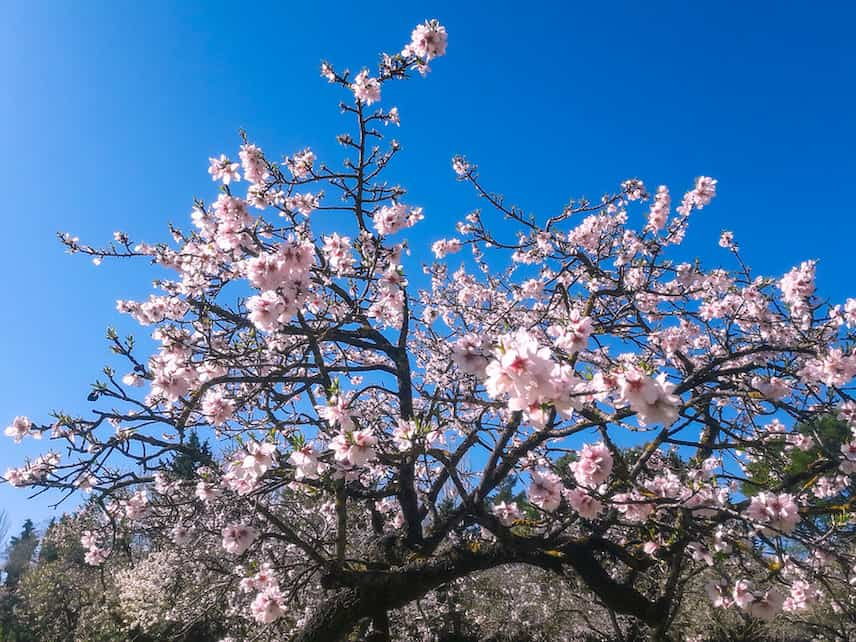
→ Sowing: sow by stratification in winter. You can help nature by lightly rasping the very hard shell.
Plum tree, promise of jams and desserts
The plum tree (Prunus domestica) is very common in our gardens. This fruit tree, which includes multiple varieties, is undemanding. It remains small and is particularly hardy. It reproduces easily in the wild, so sowing is simple.
→ Sowing: you can try sowing a stone directly in the ground at the end of summer, but stratification will give a higher success rate.
Apricot tree, ideal in regions with a mild climate
As its pretty flowering is sensitive to frost, the apricot tree (Prunus armeniaca) prefers mild climates. But it can grow almost anywhere, being both drought- and cold-resistant. It likes well-drained soils and sun.
→ Sowing: very simple by stratification.
Apple tree, the essential fruit tree
The apple tree (Malus pumila) counts no fewer than 20,000 varieties. Very well suited to temperate climates, it grows everywhere and offers a pretty white or pink spring flowering, making it an ideal tree in a garden, even a small one.
→ Sowing: by stratifying pips in autumn.
Yew, a conifer with a marked presence
Easy to trim as a hedge or into topiary, the yew (Taxus baccata) is a very elegant tree. It adapts to all situations and proves very hardy. However, it grows slowly.
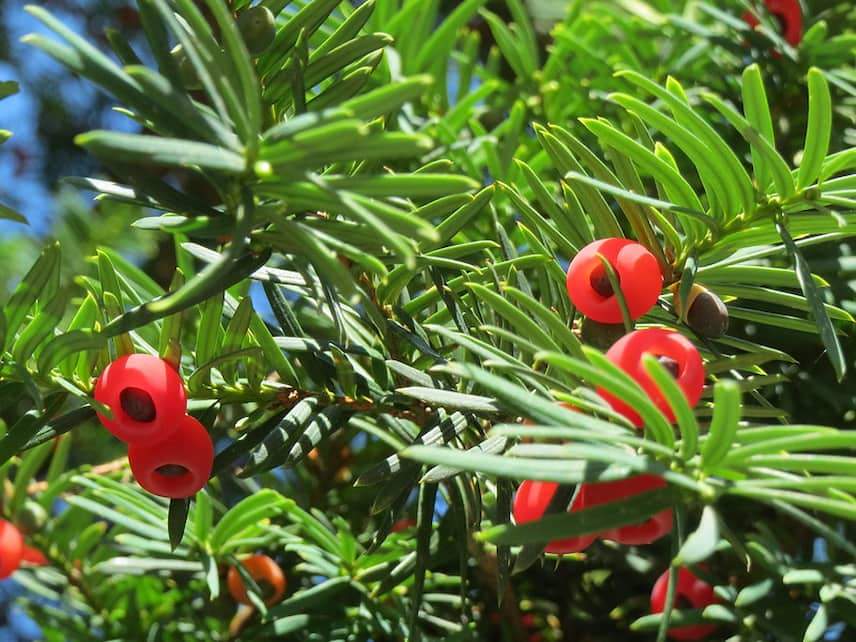
→ Sowing: sow the berries in a tray of compost and sand in October. Keep in partial shade. Germination may occur after one or two months.
- Subscribe!
- Contents
































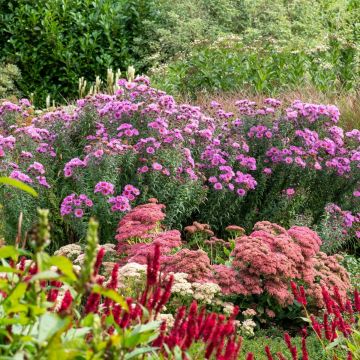
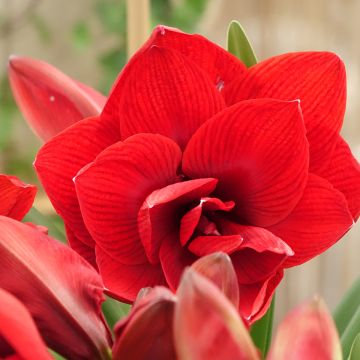
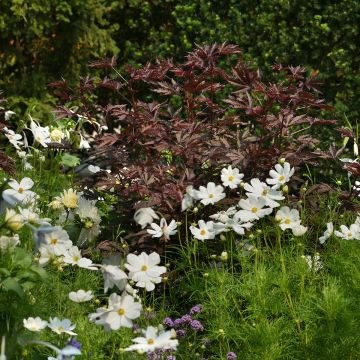
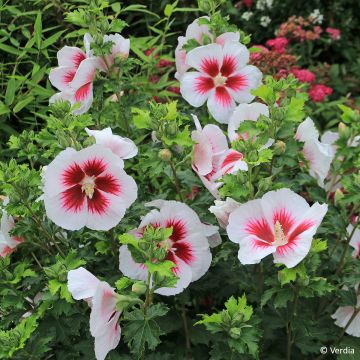
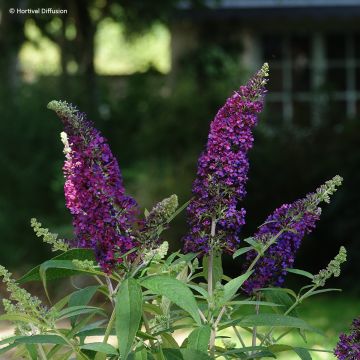
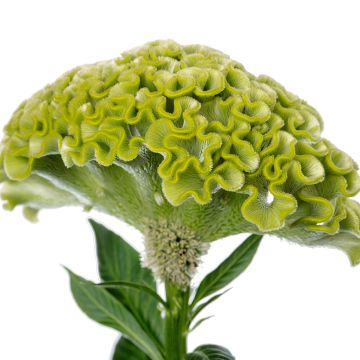

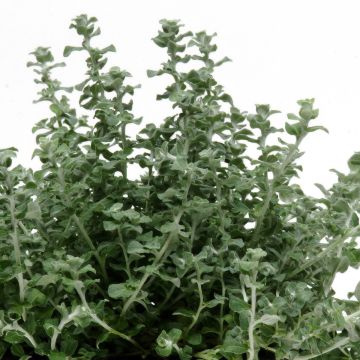
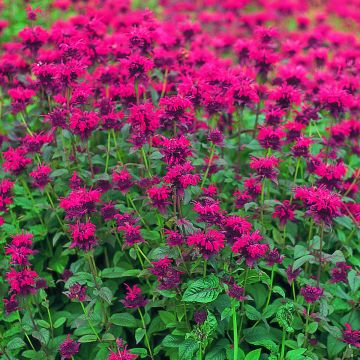
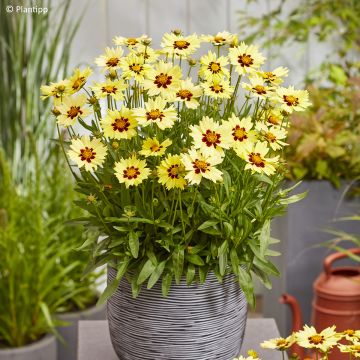
Comments